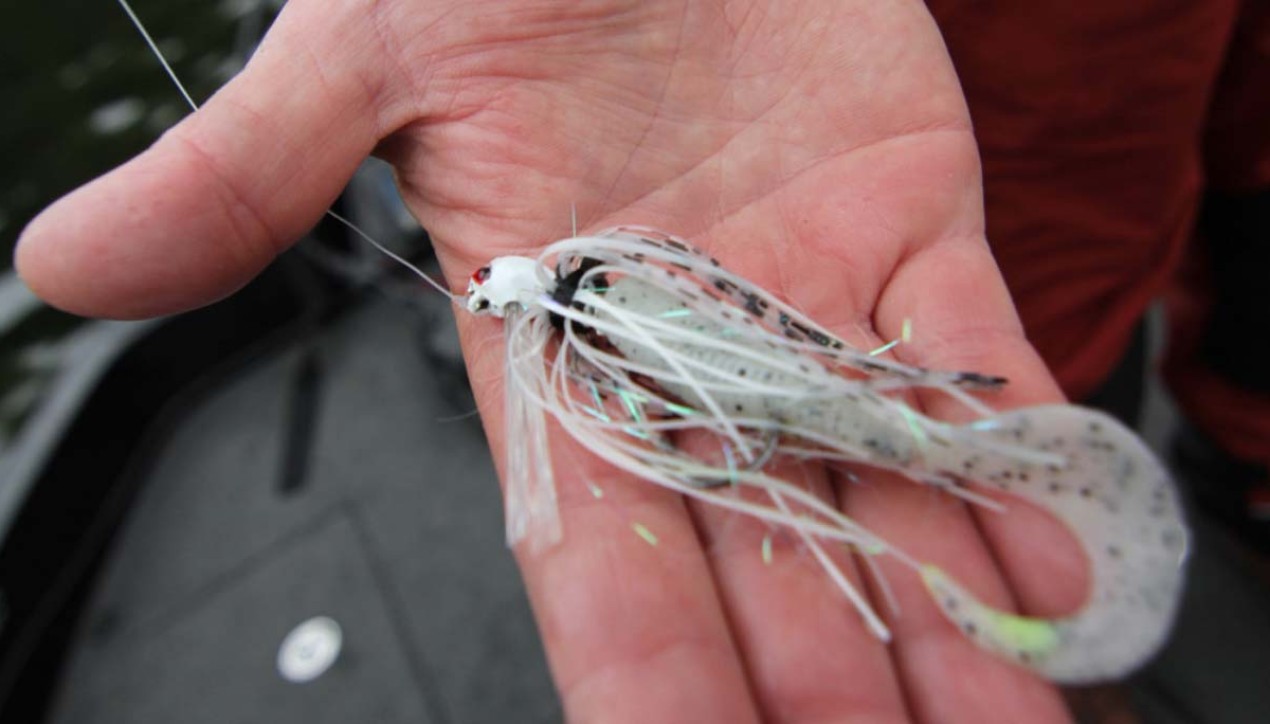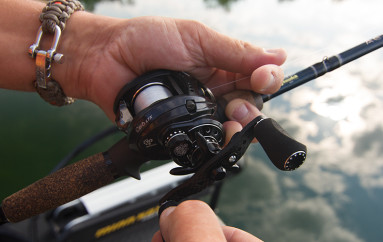
Deadsticking a Jig?? That’s Crazy!
Originally Published on Dec 13, 2011 “From the Docks” NBC Sports
When you break a jig to its component parts—-lead, hook, skirt and trailer—there’s really nothing to suggest that by combining these items you’d end up with one of the deadliest fish catchers of all time.
The smallest jig I’ve fished was given to me by a Russian angler who was also competing in the first-ever world ice fishing championships in Inari, Finland. It weighed just over 1/100th of an ounce and featured a size 24 hook.
The largest jig I have ever fished weight a full 16 ounces and it was murder on giant halibut and ling cod in the cold, deep waters off SE Alaska. We’d tip the jig with either a giant Powerbait grub or a salmon belly and bounce it off the bottom until a fish tried to take the rod from our hands.
I suspect I’ve caught more fish on jigs than any other lure or bait (even live), and even so I am still shocked about how little I know about how to fish them.
For example, it still struggle finding the right jig stroke, especially when fishing species like walleye and sauger that often times are so keyed to specific bait actions that if you fail to offer them you simply don’t get bit. And one of the deadliest jig “strokes” at times is the deadstick. You simply lean the rod again the side of the boat and let the jig either rest on the bottom or slowly drag along as the boat moves.
As deadly as this is for walleye, I’ve never really investigated it as an option for fishing largemouth bass. But John Crane of Northland Tackle has, and he has found that there are times when letting a jig rest for 15 to 30 seconds before moving it again can be deadly. Crane resorts to this technique when faced with post front conditions and when fishing behind another angler during a tournament.
This works best when flippin’ heavy cover, says Crane. —Steve




